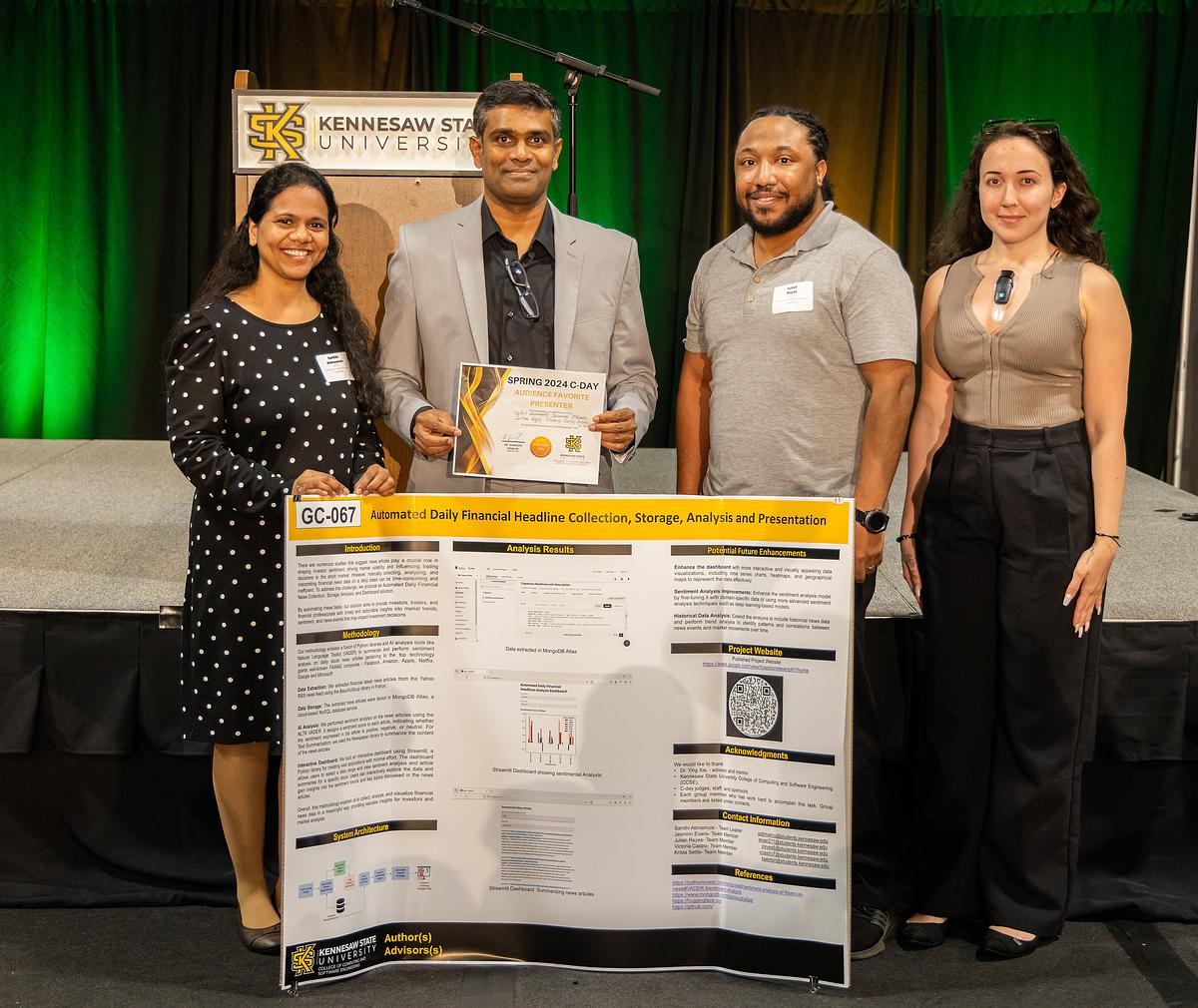Spring 2024 Computing Showcase (C-Day) Winners

Spring 2024 Computing Showcase (C-Day) Winners
Undergraduate Capstone Winners
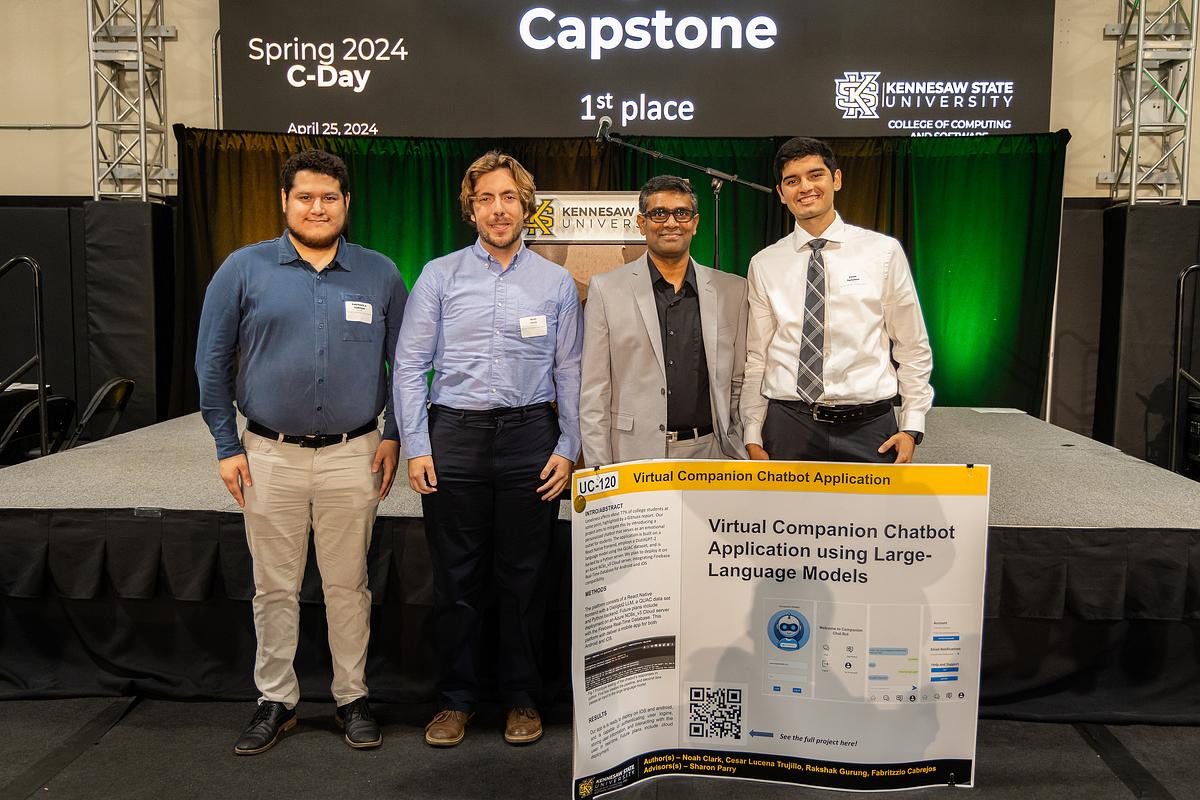
UC-105 Model UN Crisis Software by Hicks, Gregory; Ritzi, James; Kipchoge, Vincent K
Abstract: Utilizing an Agile approach, this project develops a web-based solution, the Model
UN Crisis Software, to streamline the management of crisis committees in Model UN
conferences. The software is developed using Microsoft Visual Studio and Microsoft
SQL Server Management Studio, adhering to the .NET framework and related conventions.
It leverages Microsoft Azure SQL Database for back-end data storage and follows the
ASP.NET core MVC framework, utilizing powerful .NET tools such as C# and Razor. The
developed software provides comprehensive features to reduce the strain of hosting
a crisis committee, such as directive and news management, user management, and a
messaging system.
Department: Information Technology
Supervisor: Prof. Sharon Perry
Topics: Other
Presentation | Poster | More Information

UC-64 Smart Evaluator of Indirect Supplies Vendibility by Periut, Matthew S; Miller, Cohen; Ray, Carter; Steele, Dawniqueca; Hughes, Justin
Abstract: The Smart Evaluator is a web-based software solution that analyzes industrial tools and their vending possibilities. It aims to streamline inventory research for sales teams, reducing manual data gathering and vendibility determination. To begin, users simply upload a basic item inventory spreadsheet, and start the program. From there, the program uses web scraping and ChatGPT to gather key data about the various tools including dimensions, weight, and fragility. Each item is then evaluated based on the collected data, and the optimum storage method is calculated. Once these tasks are performed, the results are stored in the system’s database for future reference to reduce computation time should a particular item already exist. The overall output of the system is a completed list of items with its necessary data and vendibility options.
Department: Software Engineering or Game Design
Supervisor: Dr. Yan Huang
Project Owners: Vladimir Rusanov and Amir Reza Kashani (Stanley Black and Decker)
Topics: Artificial Intelligence
Presentation | Poster | More Information

Graduate Capstone Winners
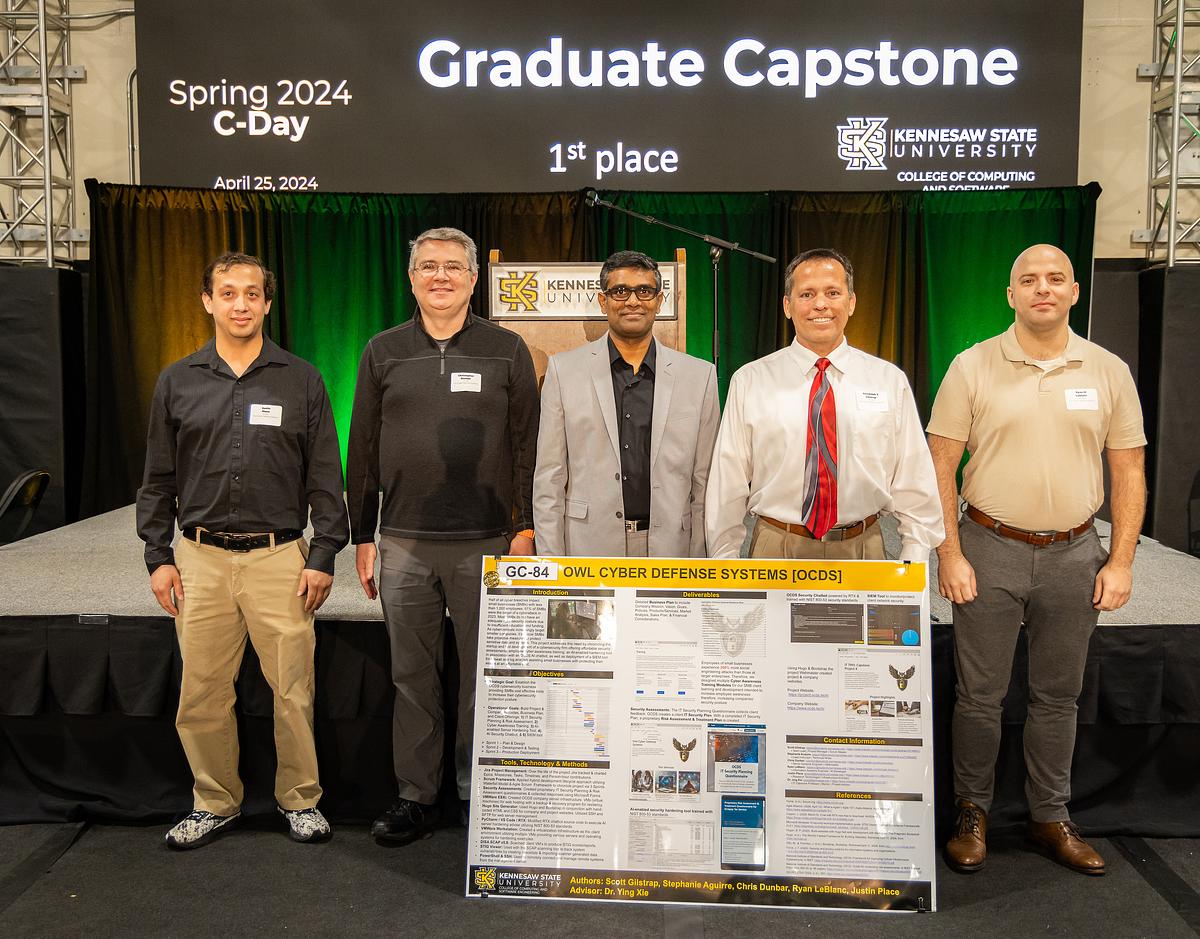
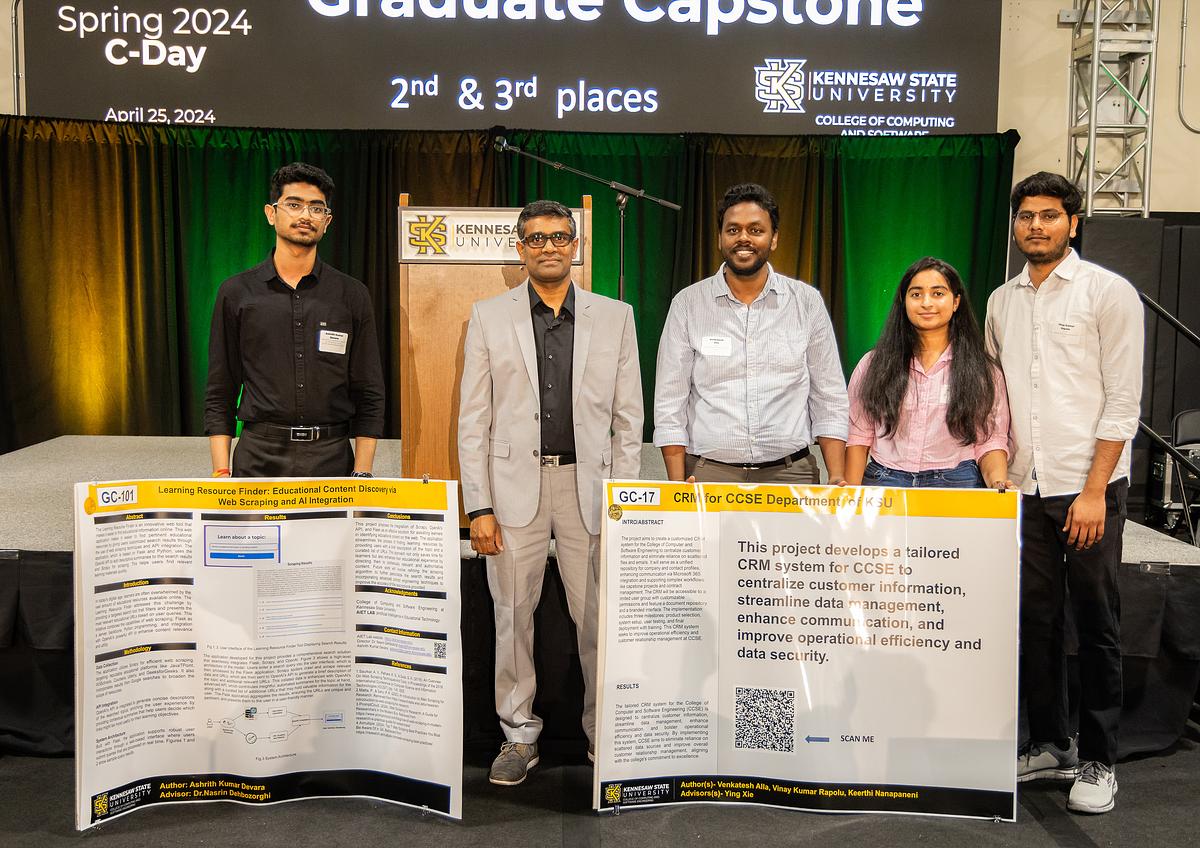
GC-17 CRM for CCSE Department of KSU by Alla, Venkatesh; Nannapaneni, Keerthi; Rapolu, Vinay Kumar
Abstract: This project outlines the development of a bespoke Customer Relationship Management
(CRM) system specifically designed for the College of Computer and Software Engineering
(CCSE). The initiative aims to centralize customer information into a unified repository,
thereby enhancing the confidentiality, management, and optimization of data and communication
processes within the college. The CRM system will integrate features for detailed
profiles, communication optimization, complex workflow management, document repository,
and data migration to ensure efficiency and data integrity. It will also facilitate
seamless interaction with Microsoft 365 and Outlook, supporting the college's operational
needs and maintaining its commitment to excellence in education and collaboration.
The project is set to be executed in three major milestones, involving product selection,
system implementation, user testing, and final deployment, with the end goal of improving
overall customer relationship management. The team, led by Venkatesh Alla, alongside
team members Keerthi Nannapaneni and Vinay Kumar Rapolu, under the guidance of project
owners Alla Kemelmakher and Nasiya Sharif, and advisor Ying Xie, plans to use a dedicated
project management tool, Jira, for collaboration and task tracking. This CRM initiative
not only aims to meet the specific needs of the CCSE but also to set a benchmark for
operational efficiency and data management in educational institutions.
Department: Information Technology
Supervisor: Alla Kemelmakher
Instructor: Dr. Ying Xie
Topics: Enterprise Systems
Presentation | Poster

Undergraduate Research
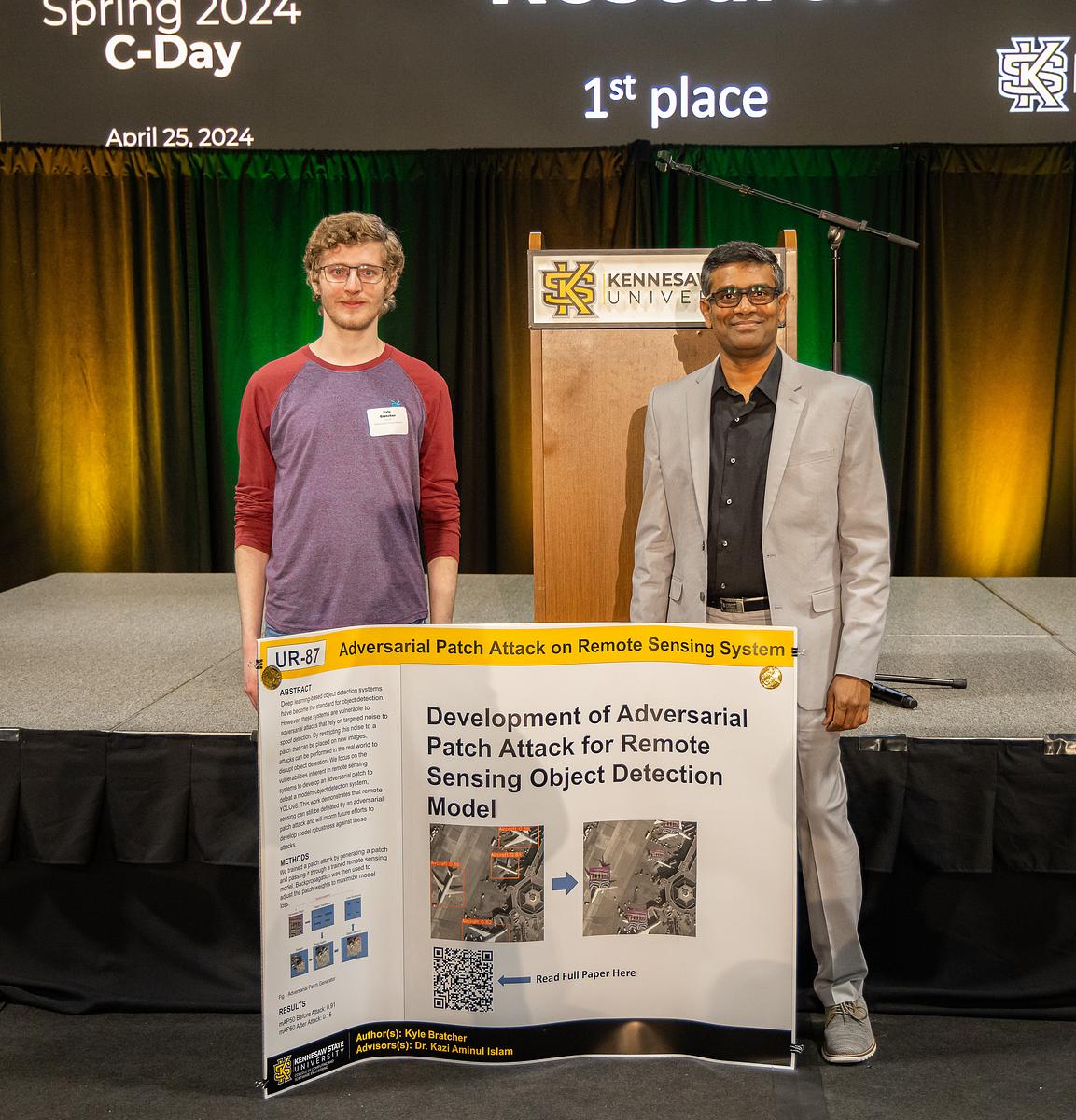
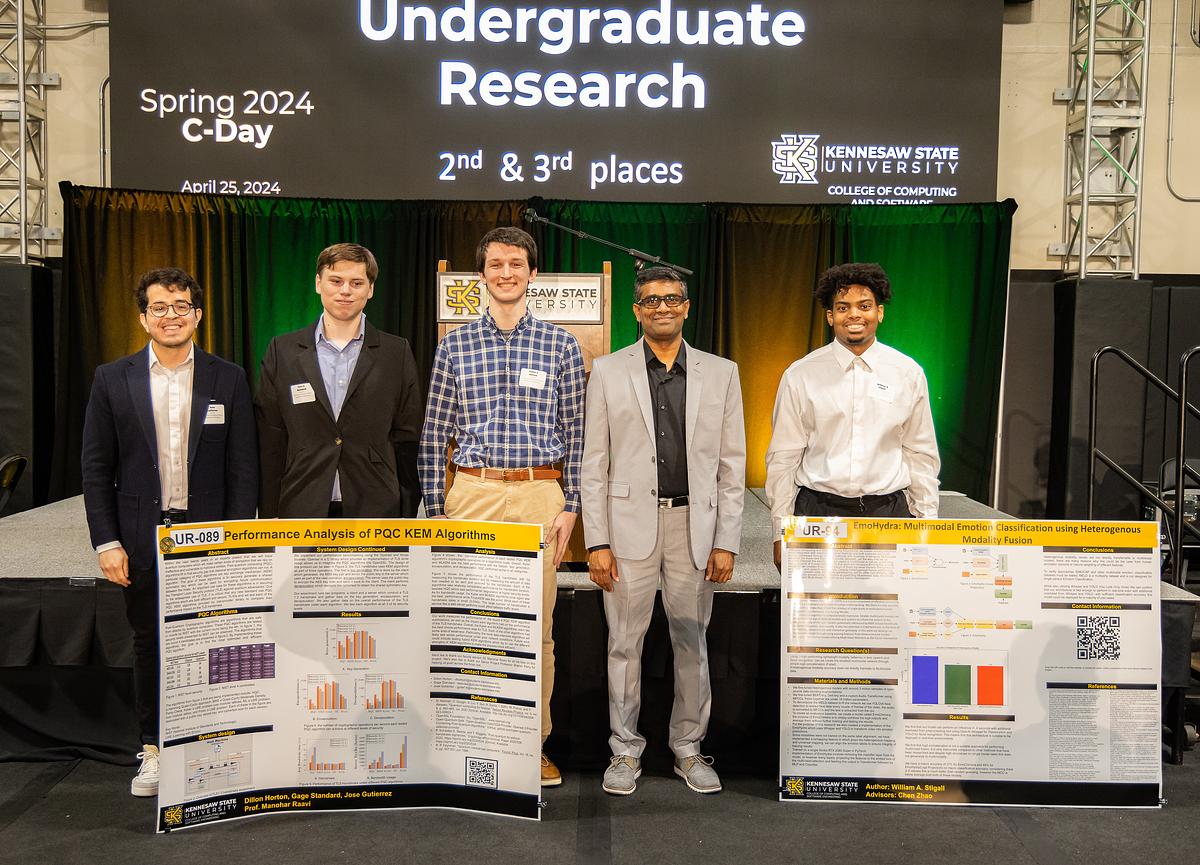

Master's Research
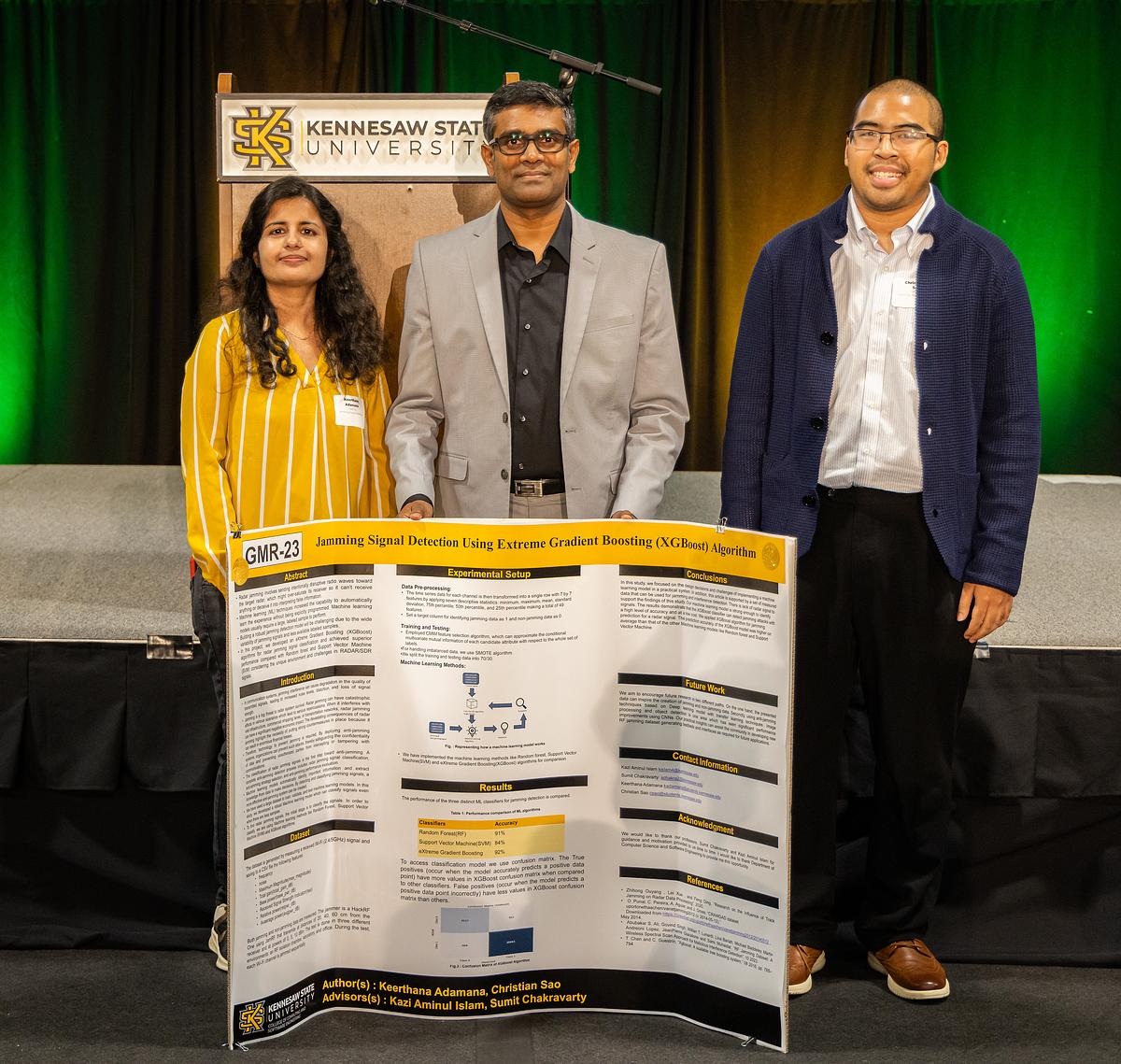
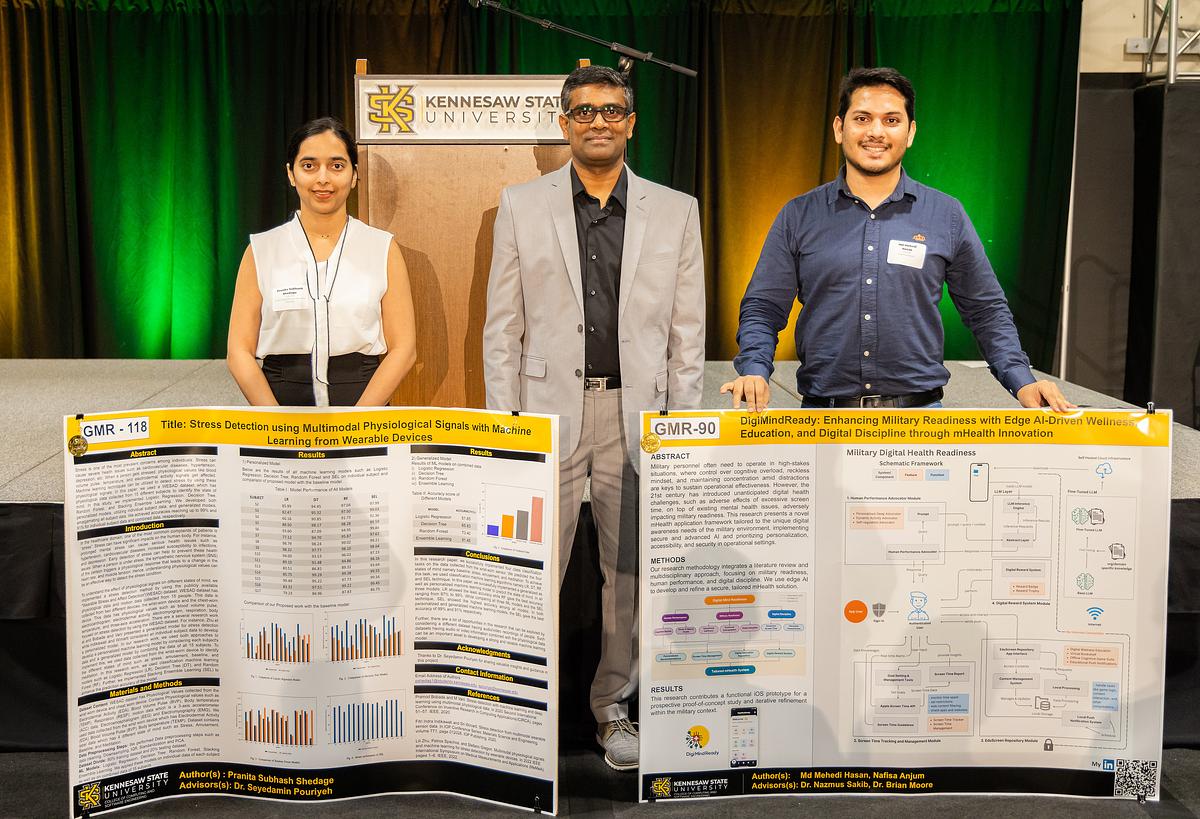

PhD Research
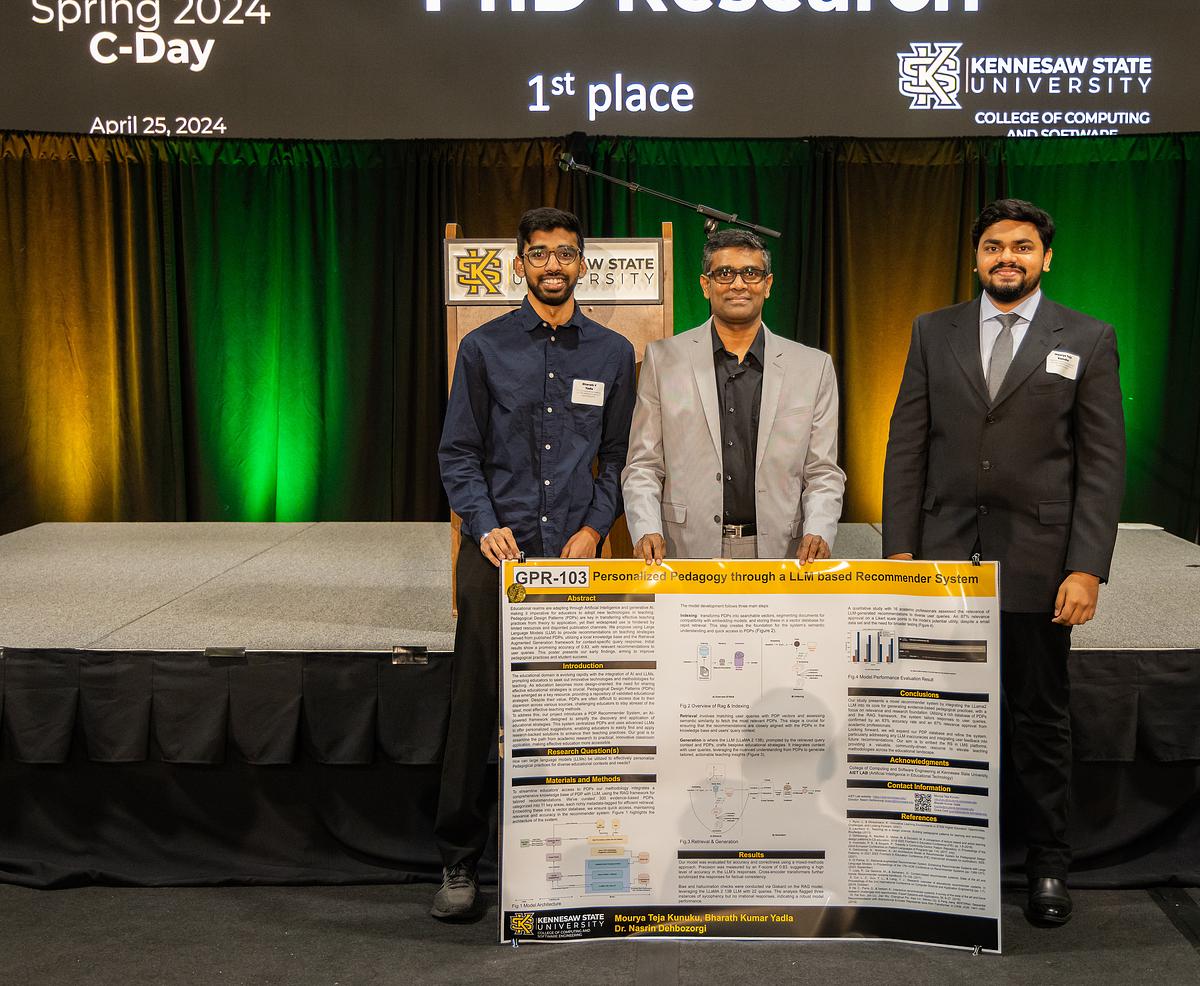
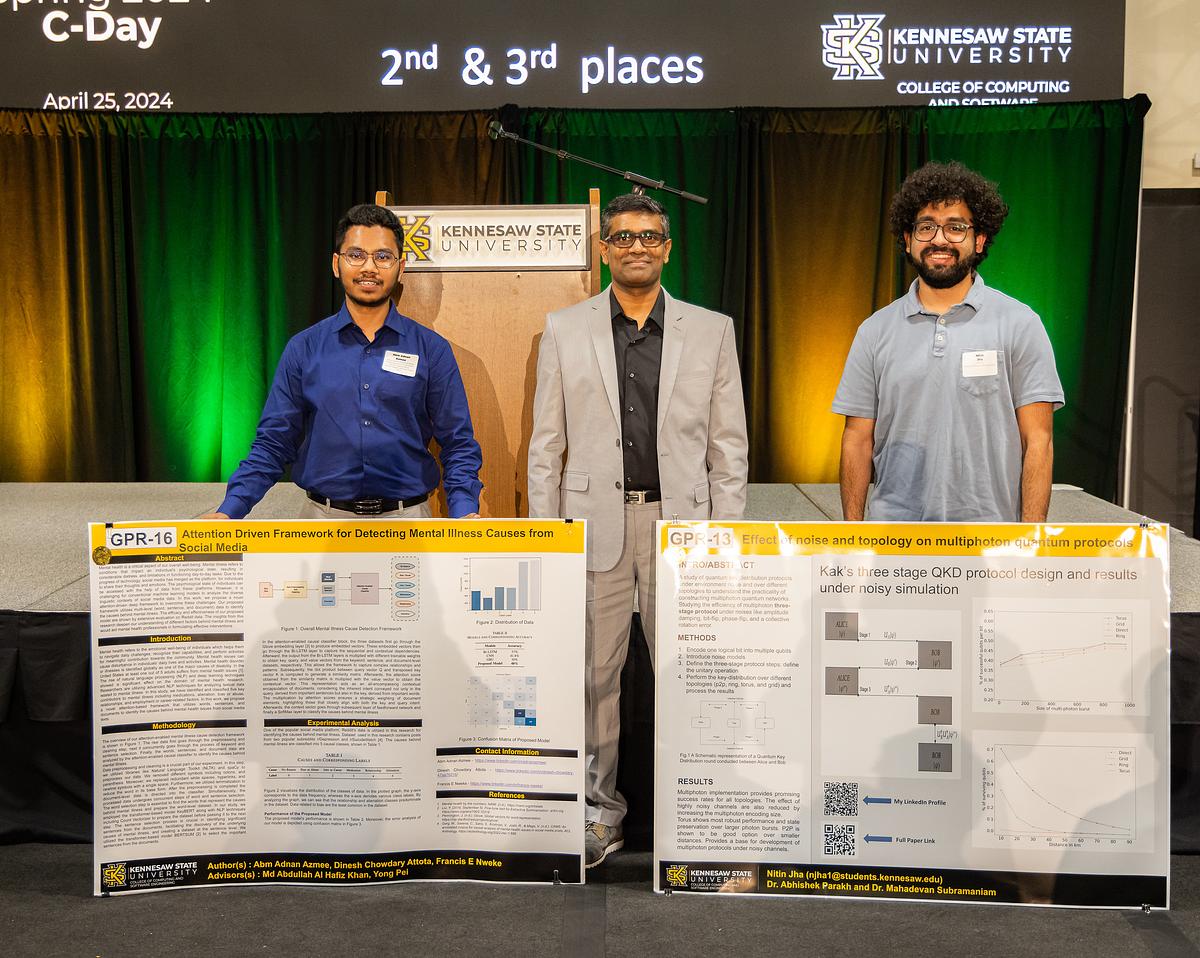

Audience Favorite Presenter
